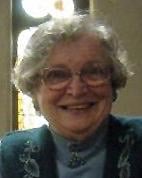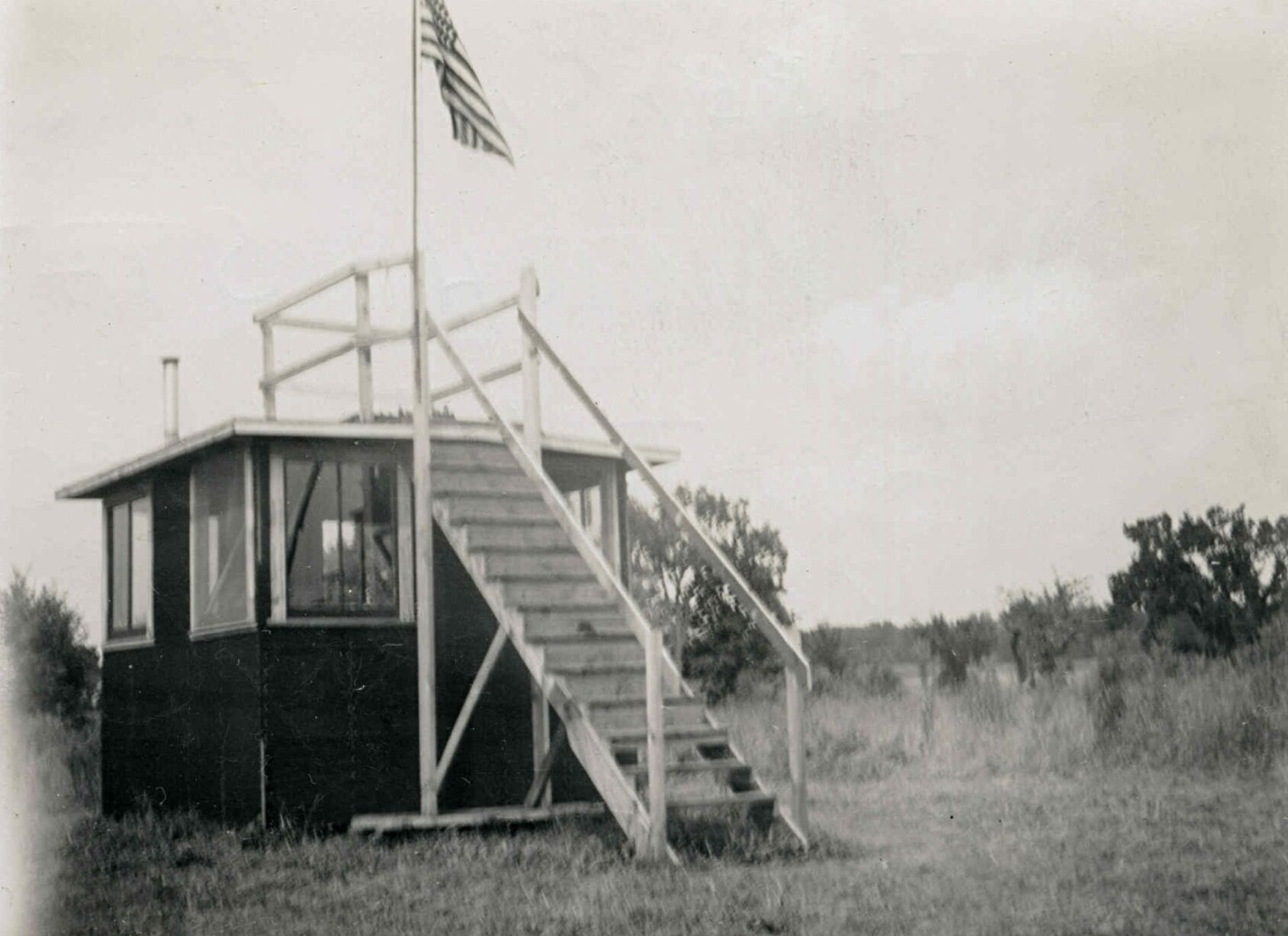Young and old served in 1941. Would you volunteer for this duty today?
This article revisits the involvement of local men and women who volunteered to be spotters for the Ground Observer Corps during World War II.
I wrote an article on this subject in 2017 for ČËĘŢĐÔ˝» titled: “Army Air Force volunteers mobilize as spotters in Owasco." That article included the known names of local spotters: Henry and Hortense Kuppinger, Ken and Jessie Herrick, Clyde and Ginny Greenfield, Sylvester and Lilly Tincknell and Felix Baker, all neighbors on North Road. In Sennett, there was my father, George Ruetsch, and in Genoa, Lydia Stickle also served.

Lydia Stickle's aircraft spotter identification.

Lydia Stickle's aircraft spotter identification.
The Observer Corps was formed in the 1940s against the German Luftwaffe during the Battle of Britain. By including the local civilians, it would save millions of dollars and free up military personnel for battlefields. Strategic buildings or sites within homes were used as command posts. The one in Owasco was graphically described as a “chicken coop or shack with windows on the south side, and was located on the Kuppinger farm on North Road. It was manned by local spotters 24 hours a day. A command post was a simple affair featuring a phone, reporting forms, binoculars and the restricted book identifying all warplanes, foreign and domestic."
People are also reading…
Bill Heick graciously sent me a photo of a known “foreign airplane watch station located in back of the King Ferry Central (1941-42).” He also included a photo of a spinner identification plate, which was a quick reference for a spotter.
Volunteers were trained to recognize aircraft through war movies and a restricted book issued to each of them. Views inside the book show silhouettes of the plane front, side view and from below. I wonder if there is an identification book of current drones used today?

Sylvester Tincknell's aircraft spotter armband and George Ruetsch's binoculars from the King Ferry watch station.
I was shown many treasured family mementos of those who volunteered, such as an official armband, binoculars, identification cards, certificates of honorable service, a restricted aircraft identification book, and finally two different letters of accommodation from the Department of War and a grateful nation. The photo featured here shows the binoculars used by my father to scan the Sennett skies for enemy war planes. The arm band was issued to each volunteer and is a treasured memento of the Tincknells.
One letter to Sylvester Tincknell, signed by Stewart W. Towle Jr. (commanding colonel of the Air Corps) states: “It has almost been two and a half years since that Sunday in 1941 when thousands of patriotic Americans sprang into action to the defense of their country by manning round-the-clock watches at observer posts. It is my conviction that there never existed a more sincere and loyal group of Americans than those who volunteered for this work.”
The letter continues: “You have done a splendid job and have successfully accomplished your particular mission." This letter terminated their defensive service, as the war entered its offensive phase. The colonel closed his letter with the expressed hope that they “would continue their patriotic efforts in other forms to help support the attack and bring the victory nearer.” The letter is dated May 27, 1944.
I was 5 years old, standing next to our floor model radio, when I heard President Roosevelt's famous speech: “Yesterday, December 7, 1941 — a day which will live in infamy." I recall gathering milkweed pods in Hunter's Field for airman kapok life preserver jackets; the fluff was encased in waterproof material. I found an interesting article titled, “Back in the day, when picking milkweed was a patriotic pursuit." That article shares government slogans such as: “Two bags saves one life" and, "Don’t let our sailors sink." With the kapok seeds in short supply, the U.S. government determined that milkweed pods were a suitable replacement and encouraged schoolchildren to pick the pods.
As I reflect on the patriotism of the past, I wonder who would answer the national call (young and old) for civic duty, if called upon today?

Laurel Auchampaugh
Sources
- “Identification of Aircraft (Restricted)” by Army Air Force, 1942
- “When Farmers Became Spotters," Harvesting Heritage Magazine, pages 86-89 (date unknown)
- “Back in the Day” by Katheryn Kahler, Wisconsin Natural Resource Magazine, fall 2019
- Letter to the office of the commanding general, Mitchel Field, New York, Tincknell possession, May 27, 1944
- “Spotter in Owasco,” by Laurel Auchampaugh, ČËĘŢĐÔ˝», May 2017
Laurel Auchampaugh is the Owasco historian and can be reached at the Owasco Town Hall from 1 to 4 p.m. Tuesday afternoons or at historian@owascony.gov.

















